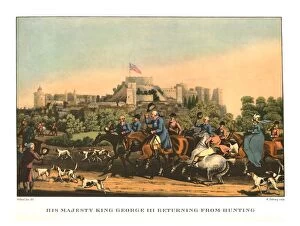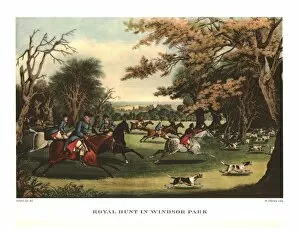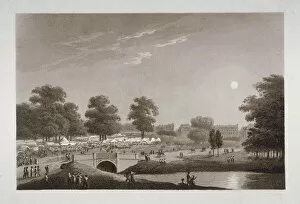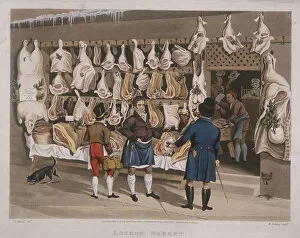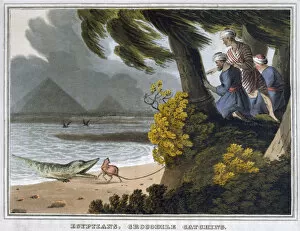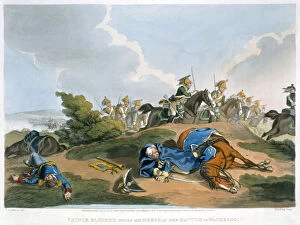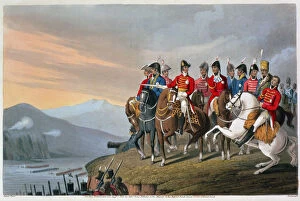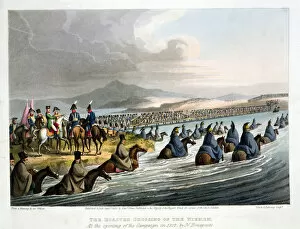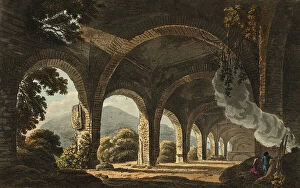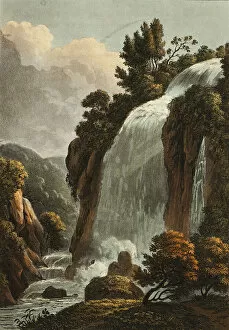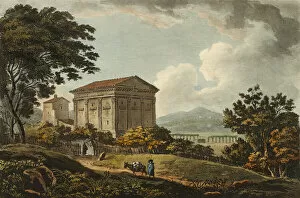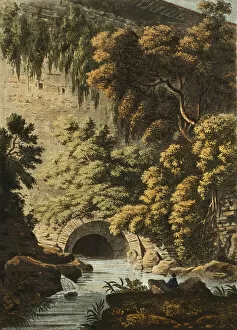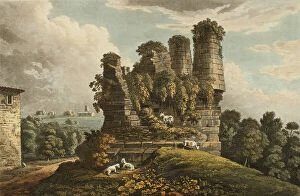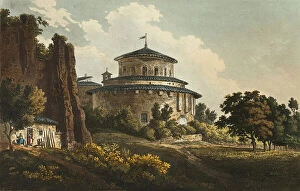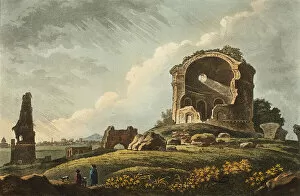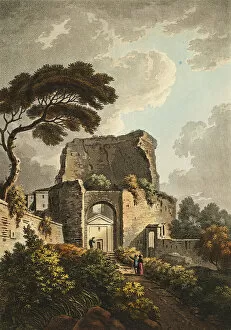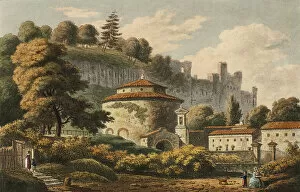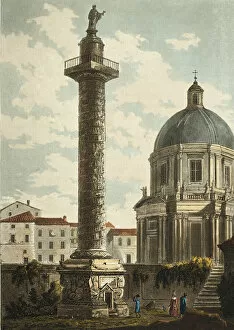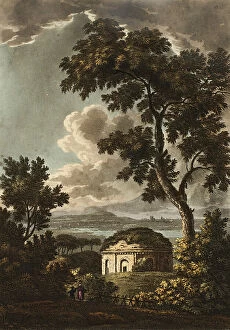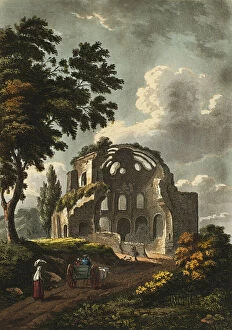Matthew Dubourg Collection
Matthew Dubourg was a talented artist and painter who lived during the early to mid-19th century
For sale as Licensed Images
Choose your image, Select your licence and Download the media
Matthew Dubourg was a talented artist and painter who lived during the early to mid-19th century. His works captured the essence of London life and its historical events, showcasing his exceptional skill and attention to detail. One of his notable creations is "His Majesty King George III Returning from Hunting, " which depicts the monarch's leisurely pursuits in the countryside. This painting, dating back to around 1955, showcases Dubourg's ability to capture the regal atmosphere surrounding royalty. Another masterpiece by Dubourg is "A Bas Le Manteau, or The Murmur of the French Grand Army. . 1812. " Created in 1921, this artwork portrays an intense moment during a significant period in history. It highlights Dubourg's talent for capturing emotions and telling stories through his art. Dubourg also showcased his expertise in landscape paintings with pieces like "Royal Hunt in Windsor Park" and "View of St Pauls Church, Deptford, London. " These artworks transport viewers into serene natural settings or bustling cityscapes with their vivid colors and meticulous details. The coronation ceremony depicted in "Coronation of King George IV" demonstrates Dubourg's ability to capture grandeur on canvas. Painted around 1824 but portraying an event from three years prior, this piece immortalizes a historic moment that shaped British monarchy. Dubourg didn't limit himself solely to historical events; he also painted scenes depicting everyday life such as "London Market; a fruit seller" and "London Market; a butcher's shop. " These artworks provide glimpses into daily routines while highlighting the vibrant energy found within bustling markets. In addition to being an accomplished painter, Matthew Dubourg established his own museum called "Dubourgs Museum" on Grosvenor Street in Westminster. This venture showcased both his own work as well as other artists' contributions—an impressive testament to his passion for artistry beyond just creating it himself.

